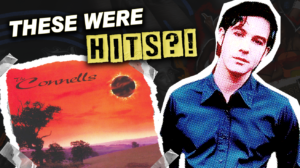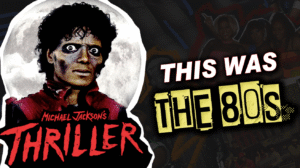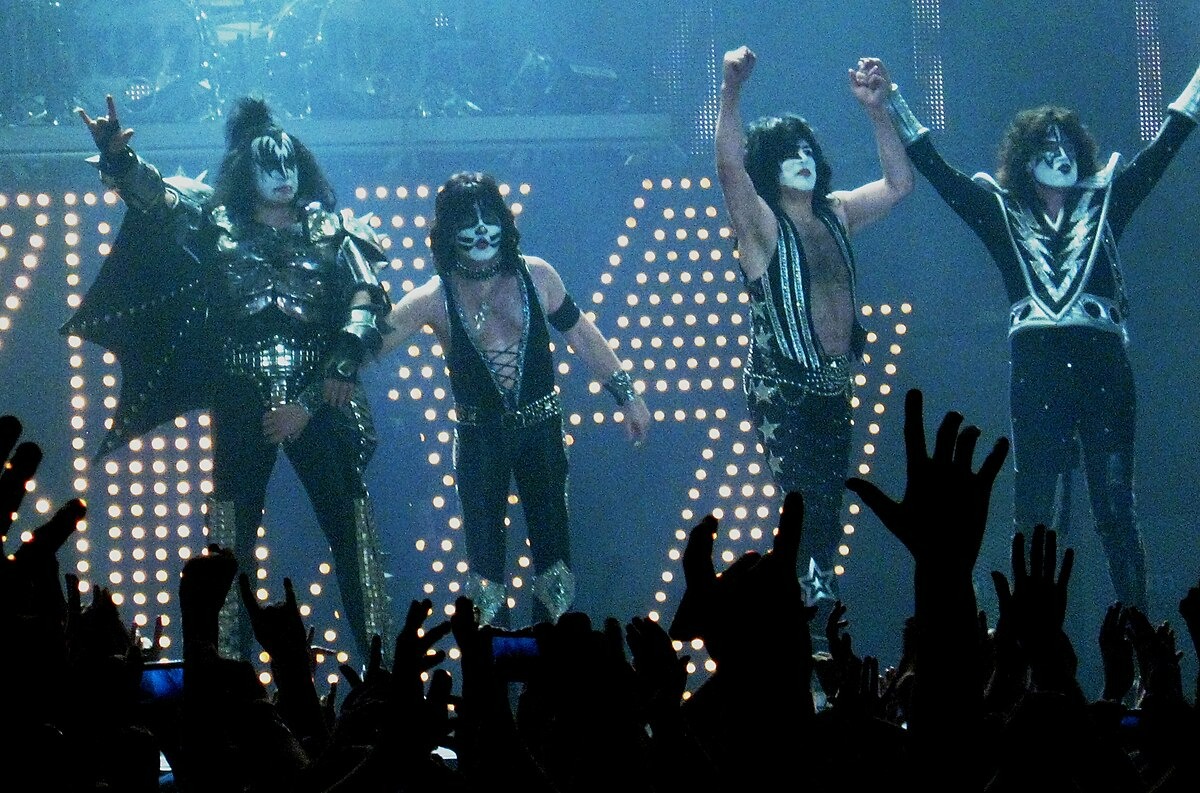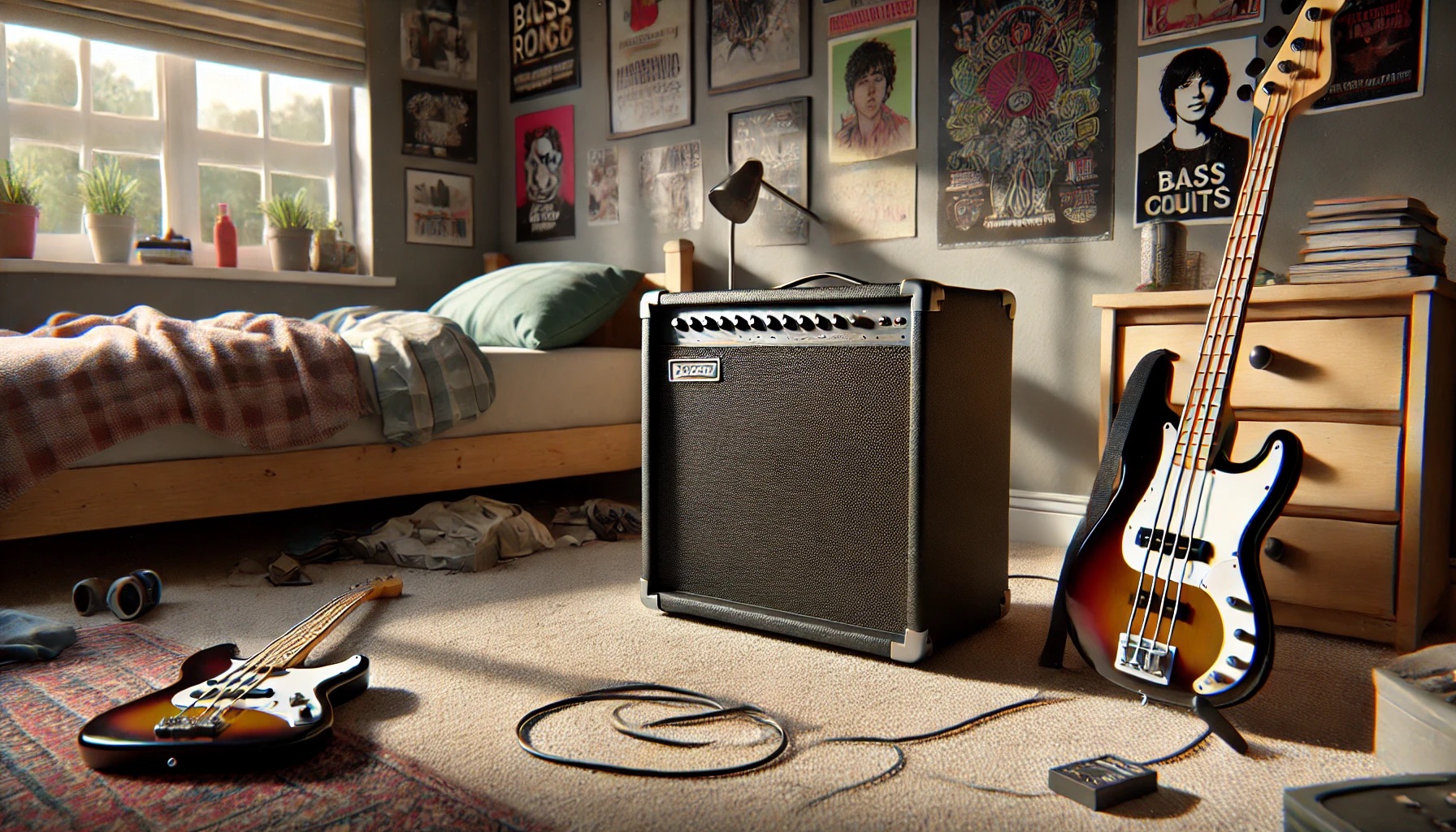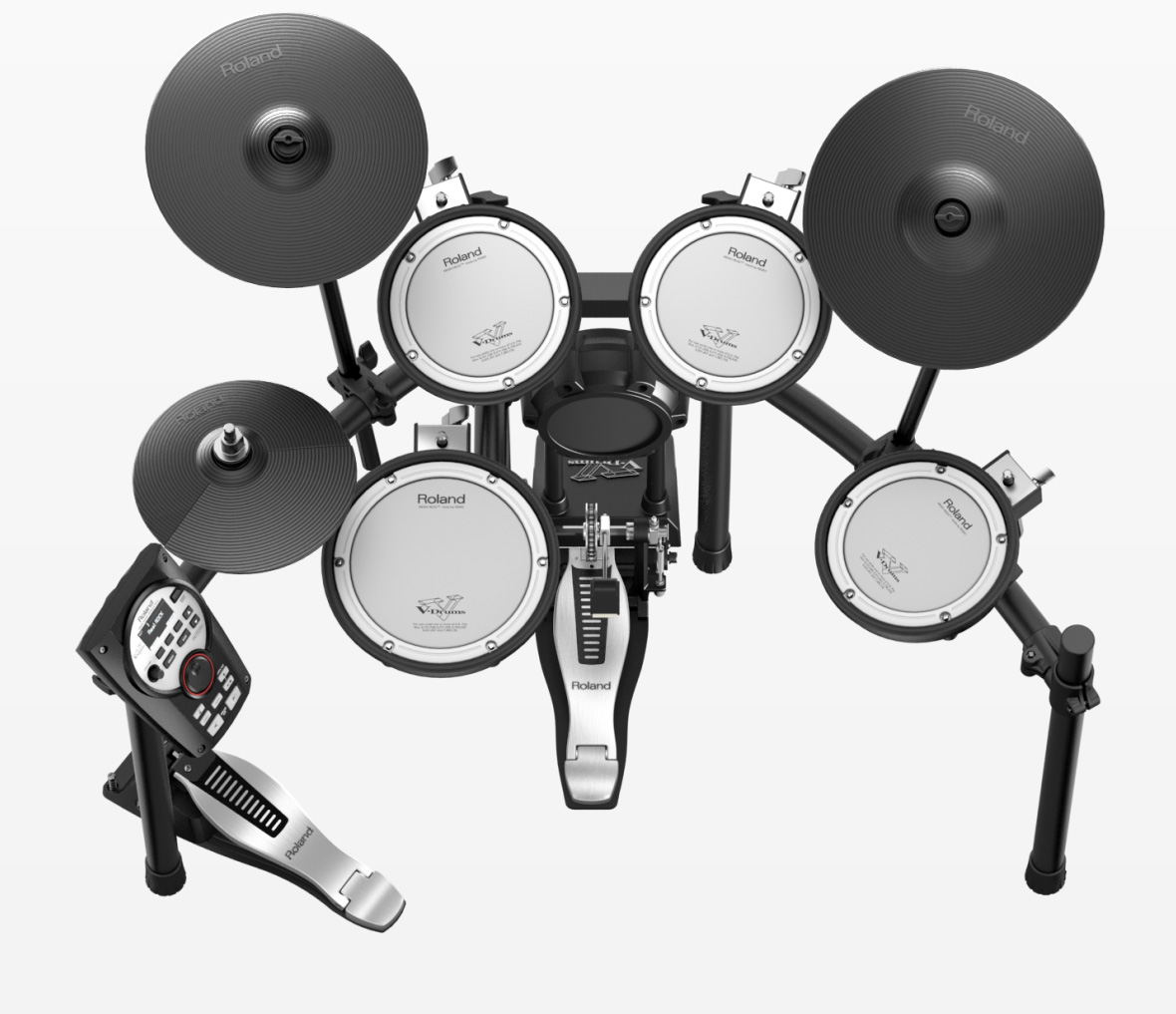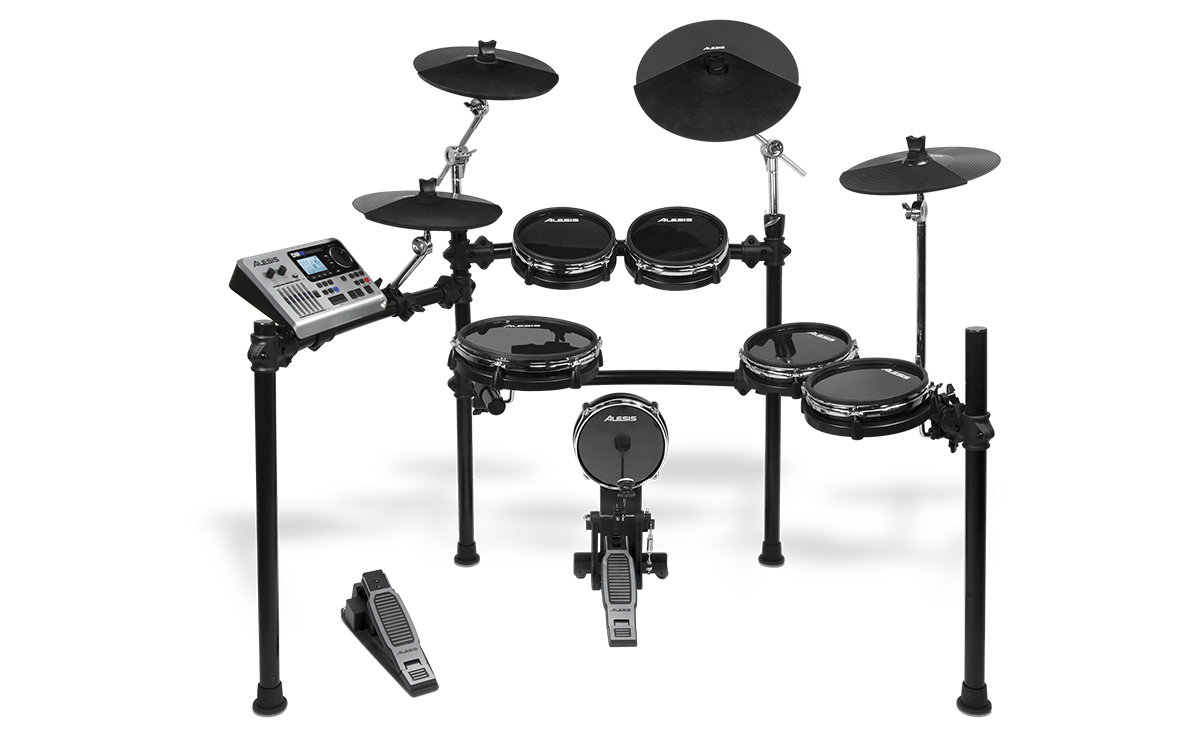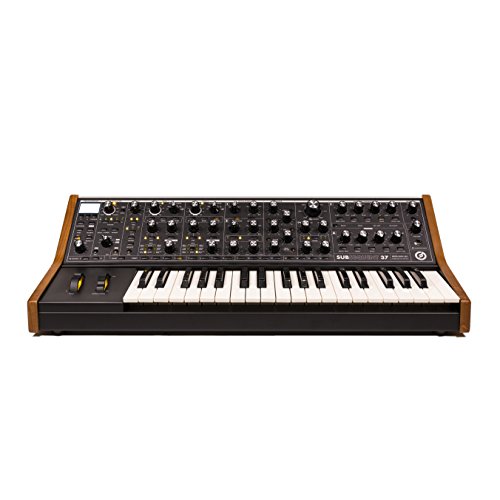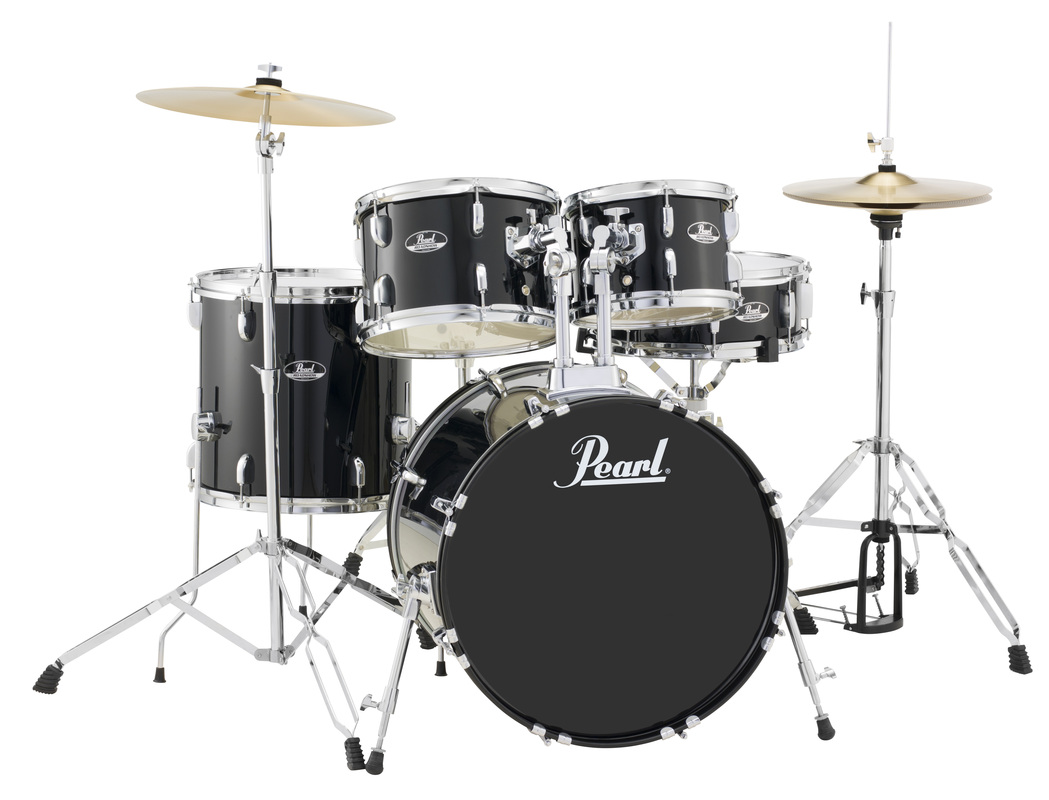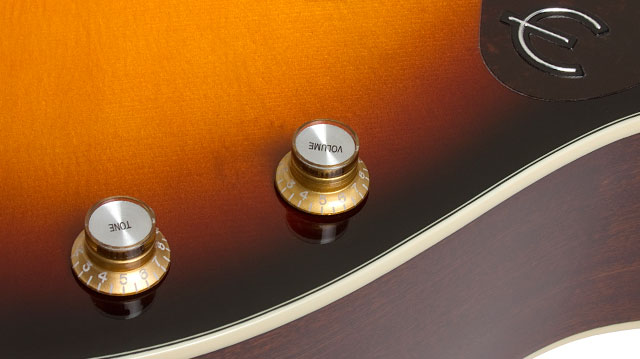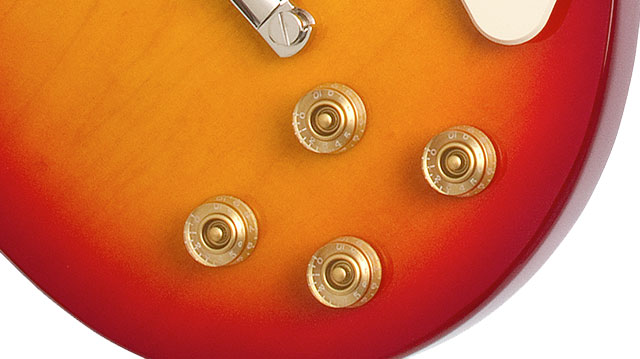
Three chords changed everything. When punk exploded in the mid-70s, it demolished the myth that great music required conservatory training or endless practice sessions. Bedroom revolutionaries armed with basic power chords created anthems that still inspire millions today. For aspiring guitarists, this stripped-down approach offers the perfect entry point—maximum emotional impact through minimal technical demands.
Like discovering that the most satisfying meals often come from the simplest ingredients, Punk’s fundamental philosophy celebrates raw emotion over polished technique. These ten essential tracks create a roadmap from your first fumbling chord changes to confident, commanding performances that capture punk’s rebellious spirit.
10. Where Is My Mind? – Pixies
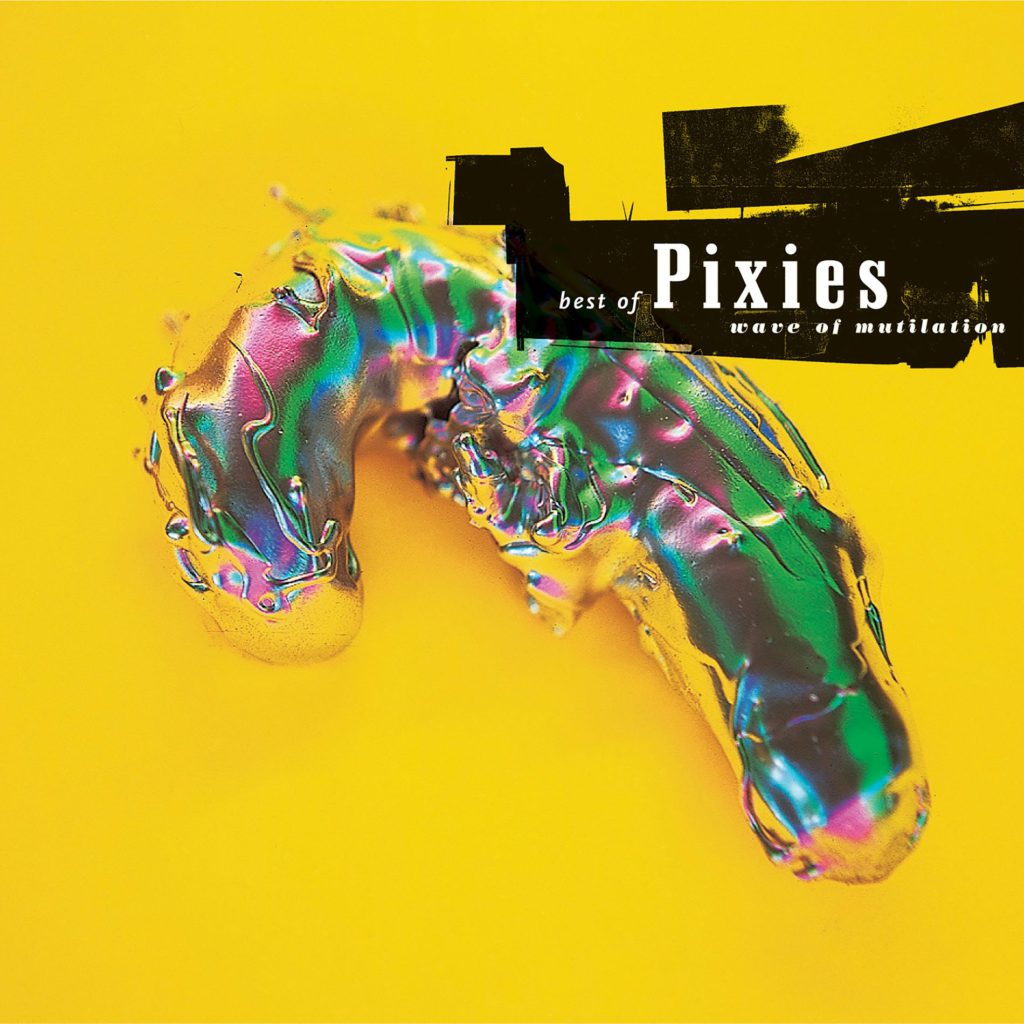
Alternative rock’s twisted brilliance found perfect expression through this Surfer Rosa standout that soundtracked a generation’s coming-of-age anxieties. David Lynch couldn’t have scripted a more psychologically unsettling soundtrack, though David Fincher ultimately selected it for Fight Club’s iconic finale, cementing its place in cultural consciousness. The track bridges punk’s directness with more expansive sonic territories, introducing textural possibilities without abandoning the accessibility that made punk revolutionary. This balance created a template for alternative rock that bands still reference decades later.
Arpeggios and pedal tones expand your vocabulary beyond basic power chords, opening pathways toward more sophisticated musical expression. Joey Santiago’s economical approach at 122 BPM demonstrates how restraint amplifies impact rather than diminishing it, proving that strategic silence can be as powerful as any note. Space between notes carries equal weight with the notes themselves, teaching musical breathing that transforms mechanical playing into expressive communication. Musical breathing changes robotic execution into heartfelt communication that connects across any style or era.
9. Basket Case – Green Day
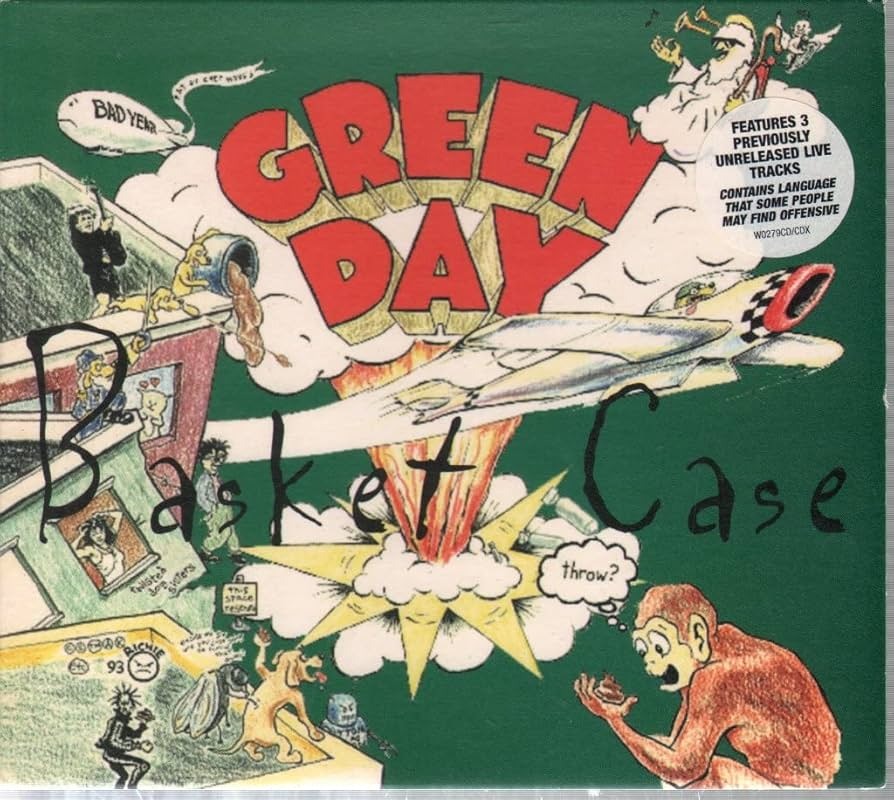
Pop-punk perfection emerged from Berkeley’s underground scene to dominate Billboard’s Modern Rock chart for five consecutive weeks, carrying DIY ethics into mainstream consciousness. Billie Joe Armstrong’s anxiety-driven lyrics connected with Generation X’s collective uncertainty, transforming personal struggles into universal anthems that resonated across demographic boundaries. Dookie’s breakthrough single established the template for commercially viable punk, creating a blueprint that influenced everyone from Fall Out Boy to Paramore. The song’s success proved that authenticity and accessibility weren’t mutually exclusive concepts in popular music.
E-flat tuning provides easier string bending alongside Armstrong’s characteristic vocal range, creating a sonic sweet spot that enhances both guitar technique and vocal performance. Power chord techniques reach full maturity at 175 BPM, demanding both speed and precision that pushes players toward intermediate skill levels. Right-hand consistency creates the song’s propulsive momentum—those steady downstrokes function like a musical heartbeat that drives each section forward relentlessly, building the endurance needed for live performance situations.
8. Should I Stay or Should I Go – The Clash
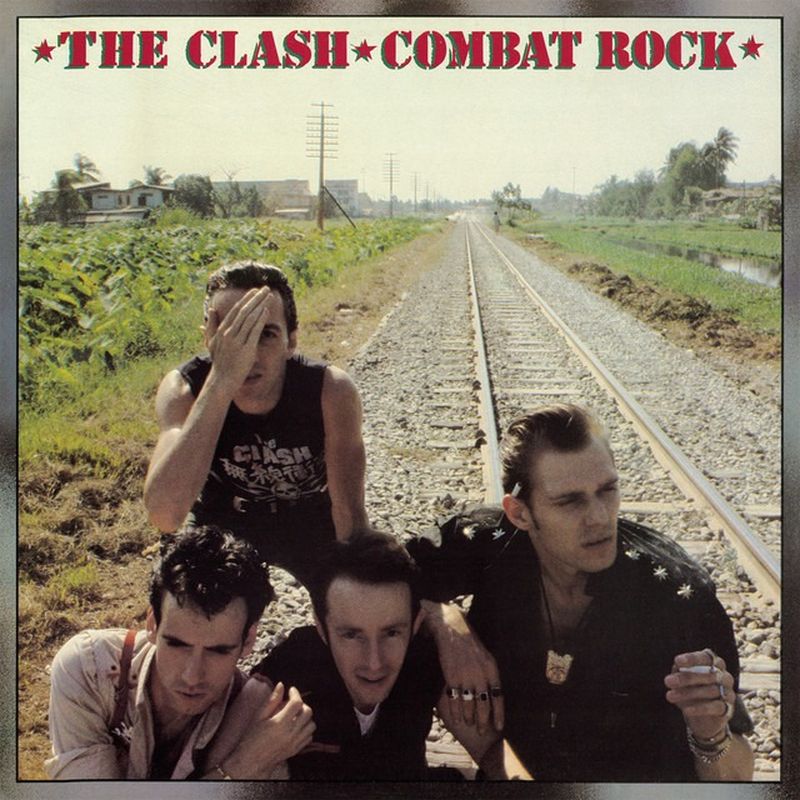
Combat Rock’s most enduring anthem bridges punk’s raw energy with mainstream accessibility through carefully crafted songwriting that never sacrifices edge for commercial appeal. Released in 1982, this track eventually claimed the UK’s #1 position following a 2013 reissue, proving punk’s lasting commercial appeal across multiple generations of listeners. The composition introduces volume shifts through alternating clean verses and explosive choruses, creating a template that countless bands have studied and emulated. Everything remains within reach of intermediate players, making it an ideal stepping stone toward more complex material.
Palm-muting techniques emerge naturally within the song’s distinctive stop-start rhythm patterns, which create space for each element to breathe and build tension. Operating at a comfortable 116 BPM, the track builds coordination between left and right hands through carefully placed accents that demand precise timing. These rhythmic emphasis points separate authentic punk playing from mere chord knowledge, creating the groove that makes heads nod involuntarily and feet tap unconsciously.
7. Blitzkrieg Bop – The Ramones
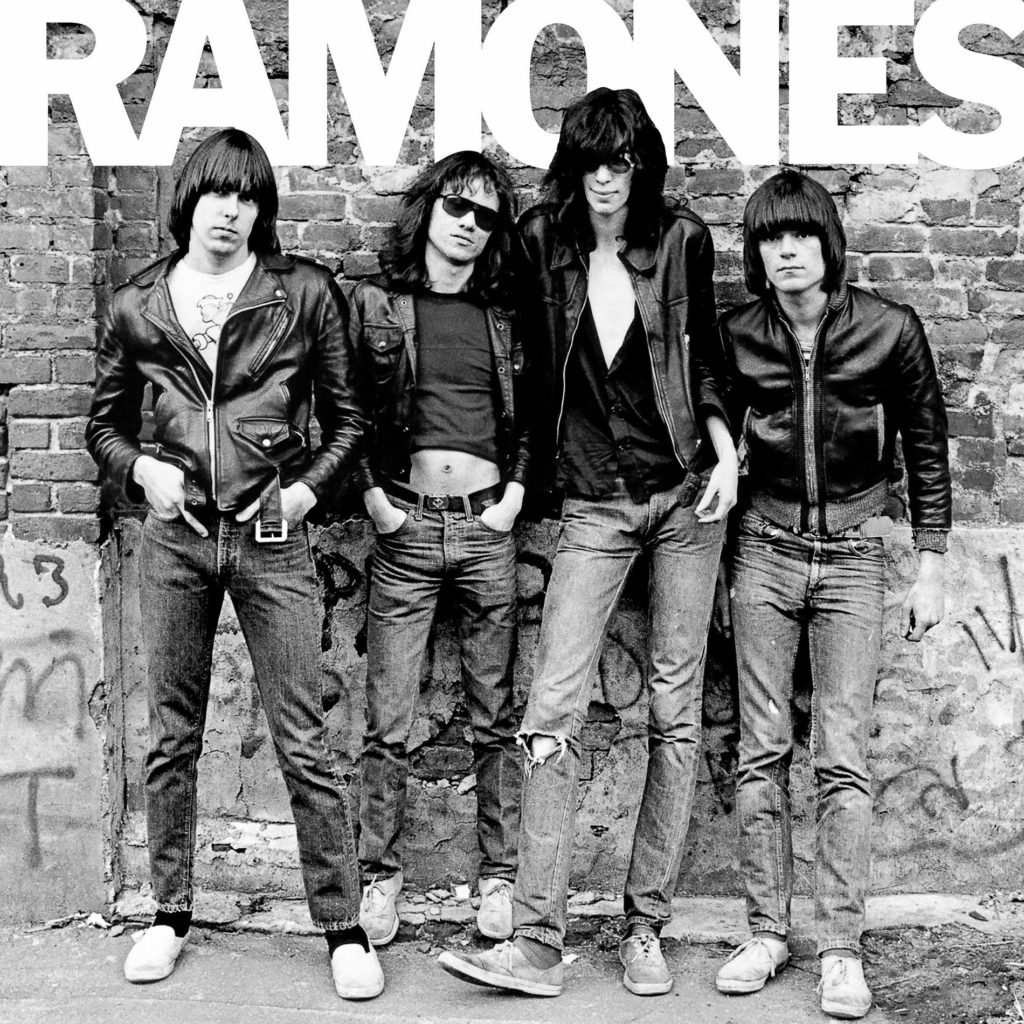
Four working-class kids from Queens rewrote music’s rulebook with three chords and limitless determination. The track that launched punk’s revolution distilled rock’s essence into B5, E5, and F#5 power chords, breakneck tempo, and irrepressible energy that felt both ancient and futuristic. “Hey! Ho! Let’s Go!” became rock’s most effective four-word manifesto, inspiring countless musicians to pick up instruments and start bands immediately rather than waiting for permission or perfection. The Ramones proved that musical rebellion required conviction, not conservatory training, democratizing rock music for anyone brave enough to make noise.
Relentless downstrokes at 177 BPM build both speed and stamina through pure repetition that burns the patterns into muscle memory. Consistent rhythm patterns matter more than individual note perfection—the song’s hypnotic pulse creates its addictive quality that keeps listeners coming back for repeated doses. Emphasize maintaining a steady tempo rather than flashy variations, absorbing punk’s core principle that authentic expression matters more than technical complexity. This lesson extends far beyond guitar playing into life itself, where authenticity trumps artificial perfection in every meaningful pursuit.
6. Holiday in Cambodia – Dead Kennedys
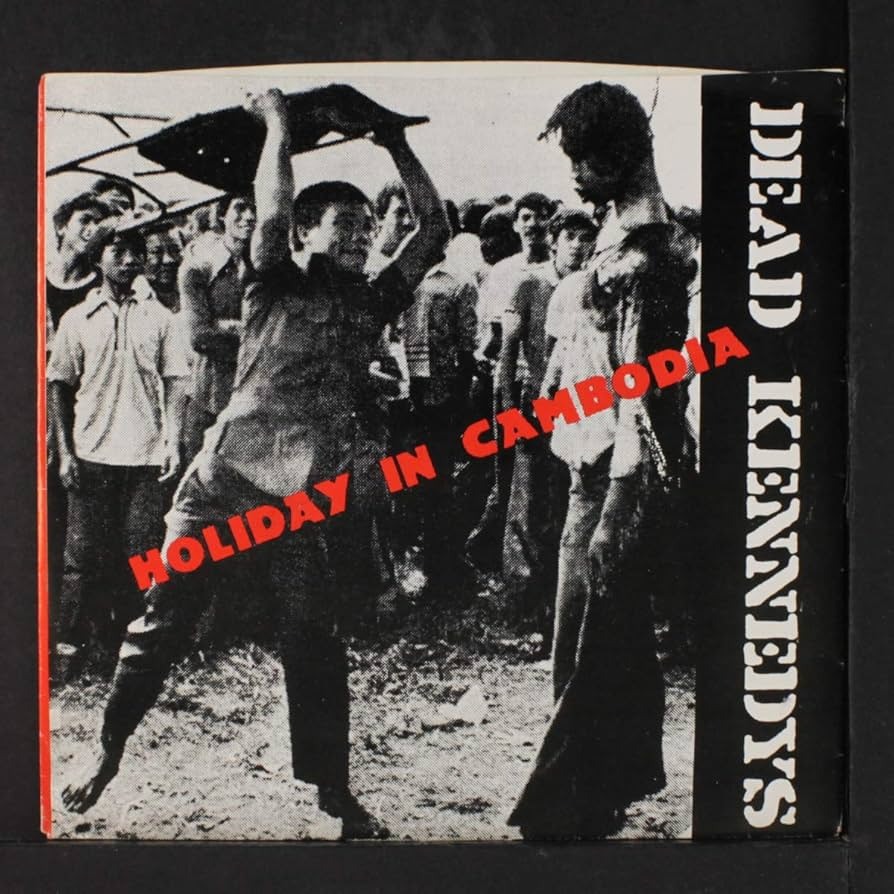
Technical complexity serves punk’s confrontational message through East Bay Ray’s uncompromising vision that refused to compromise edge for accessibility. Fresh Fruit for Rotting Vegetables pushed punk’s boundaries without sacrificing its political edge, creating music that challenged both musical and social conventions with equal ferocity. The track’s chromatic runs and unconventional timing initially intimidate many players, though persistence yields significant rewards that extend far beyond technical proficiency. The track stands as punk’s intellectual peak, where musical sophistication enhanced rather than diluted the genre’s revolutionary message.
Tremolo picking builds essential right-hand dexterity through relentless practice that develops speed and endurance simultaneously. Mixed time signatures expand rhythmic awareness beyond standard 4/4 patterns, opening mental pathways that enhance musical understanding across all genres. Approach each section individually before attempting complete integration—this advanced material rewards patience with genuine musical growth that transforms how you hear and play music. Mastering these advanced techniques opens doors throughout your playing career, regardless of genre preferences.
5. I Wanna Be Sedated – The Ramones
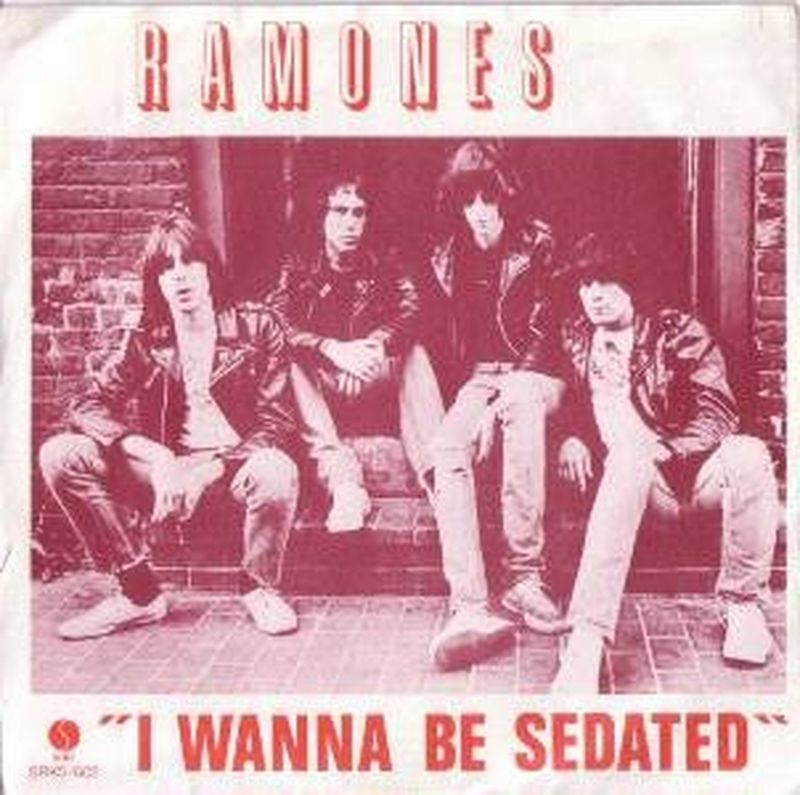
Raw conviction transforms basic elements into timeless music. Joey, Johnny, Dee Dee, and Tommy distilled rock’s essence into three basic chords that even complete novices can master within hours, transforming Road to standout track into the perfect entry point for aspiring guitarists. Operating at approximately 160 BPM, this composition teaches essential downstroke technique through pure repetition, with each measure building muscle memory that carries forward into countless other songs. The genius lies in how these elementary components create something instantly memorable and culturally significant—a testament to punk’s democratic power.
Prioritize smooth chord changes rather than rushed execution during initial practice sessions. Expect finger soreness as you develop proper technique, knowing that those burning sensations evolve into protective calluses that mark your graduation into punk’s brotherhood. These skills become building blocks for every musical adventure ahead.
4. Pretty Vacant – Sex Pistols

Raw aggression materialized through Steve Jones’ distinctive guitar approach, which treated the instrument like a sonic weapon rather than a delicate musical tool. Never Mind the Bollocks delivered punk’s most confrontational statement in July 1977, capturing social frustration through sonic brutality that spoke directly to disaffected youth across Britain. The track’s palm-muted barre chords create devastating impact, functioning like sonic demolition equipment that clears space for something entirely new to emerge. Jones’ technique became the blueprint for aggressive guitar playing that countless metal and hardcore bands would later adopt.
Conviction overcomes mechanical limitations throughout the song’s 148 BPM assault, demonstrating how raw emotion can eclipse any technical shortcomings. Heavy downstrokes combined with precise muting generate the characteristic punch that defined British punk’s golden era, creating a sound that felt dangerous and immediate. Channel genuine emotion through your instrument rather than pursuing note-perfect execution—authenticity resonates far longer than flawless technique, connecting with audiences on levels that pure virtuosity never reaches.
3. Song 2 – Blur

Britpop collided with American punk sensibilities to create this 1997 phenomenon that redefined what popular music could accomplish in under three minutes. Damon Albarn and Graham Coxon compressed their experimental tendencies into two minutes of accessible brilliance, earning Grammy recognition through strategic restraint that proved less could indeed be more. The track’s quiet-loud-quiet structure revolutionized radio programming by demonstrating how dynamic range could capture attention more effectively than constant volume. The strategy inspired countless bands to embrace contrast over consistency, fundamentally shifting alternative rock’s trajectory.
Five power chords unleash maximum impact at 130 BPM, creating a deceptively simple framework that supports complex emotional expression. Volume control becomes an instrument itself as clean sections explode into distorted euphoria, teaching players that space and silence enhance rather than diminish musical impact. Think strategic patience rather than relentless aggression—the quiet moments create tension that makes the loud sections feel genuinely cathartic. Effects pedal management develops naturally through this approach, building skills that transfer to more complex arrangements.
2. Damaged Goods – Gang of Four
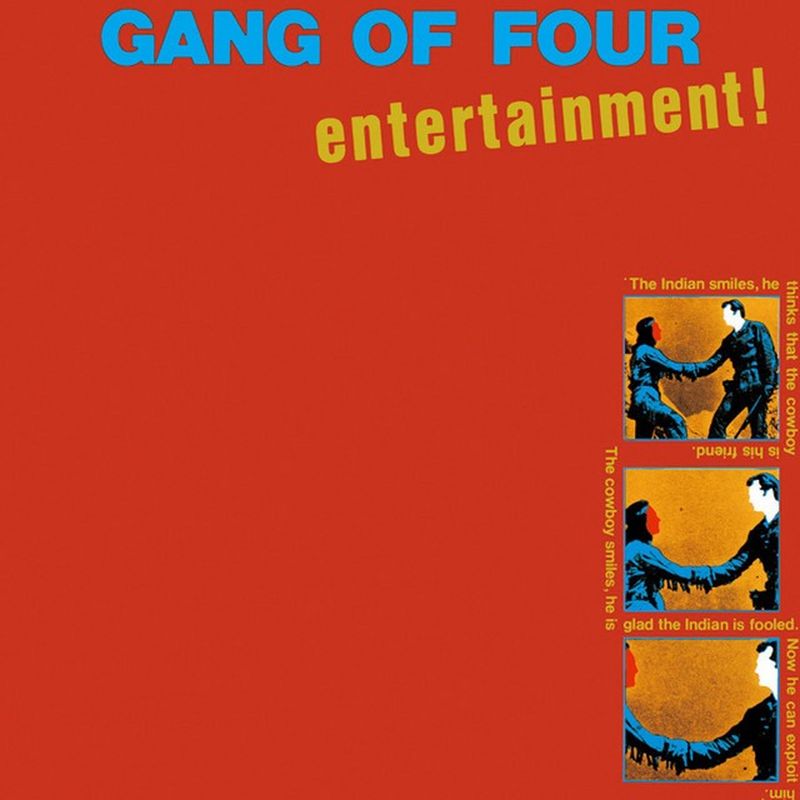
Post-punk innovation merged political consciousness with dancefloor sensibilities, creating music that made bodies move and minds think simultaneously. Entertainment!’s standout track fused punk’s rebellious energy with funk’s rhythmic sophistication, creating angular patterns that influenced decades of alternative music from LCD Soundsystem to Franz Ferdinand. The Red Hot Chili Peppers built entire albums around this blueprint, though few matched the original’s precision and intensity that came from genuine political urgency. This fusion proved that punk’s boundaries were far more elastic than early practitioners had imagined.
Staccato playing demands disciplined execution at 144 BPM, requiring finger independence that challenges even experienced players. Andy Gill’s percussive guitar approach treats the instrument as a rhythm section and lead simultaneously, creating polyrhythmic textures that reward careful listening. Position shifts challenge developing players with their rapid transitions, though methodical practice makes complex passages manageable and eventually automatic. Break difficult sections into smaller fragments before attempting full integration, building complexity gradually rather than overwhelming yourself with impossible leaps.
1. Teenage Kicks – The Undertones
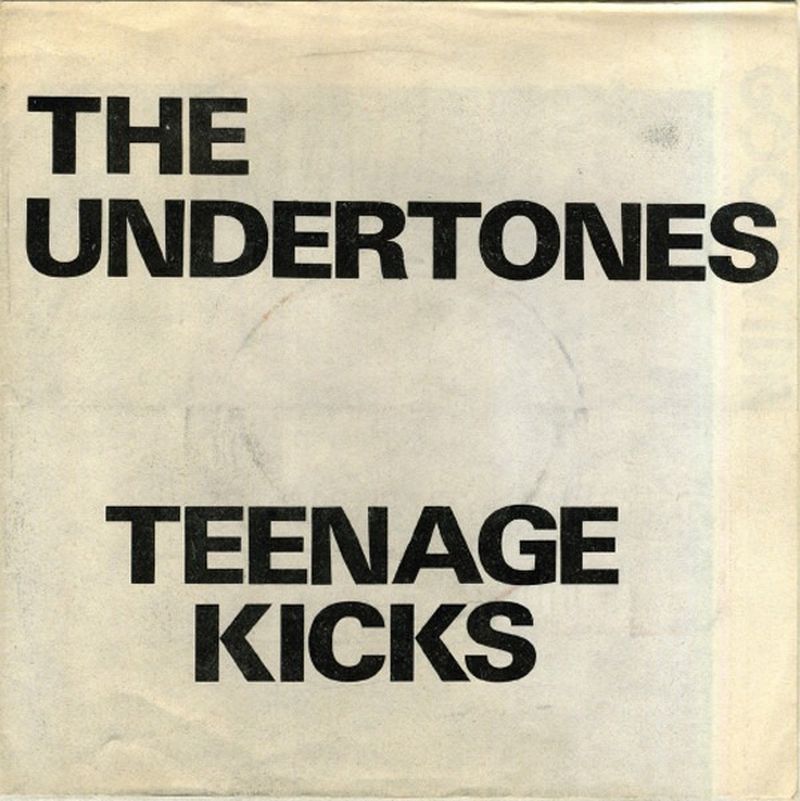
Pure teenage energy crystallized into two perfect chords. Derry’s finest exported their October 1978 masterpiece using nothing more than D and A major, proving that geographic isolation couldn’t contain genuine inspiration when combined with raw enthusiasm. John Peel’s legendary championing of this track introduced countless listeners to punk’s democratic possibilities, demonstrating how anyone could create meaningful music regardless of formal training or expensive equipment. The song’s enduring appeal stems from its authentic emotional core wrapped in deceptively simple packaging.
Consistent downstrokes at 153 BPM develop crucial right-hand endurance while building the stamina needed for extended playing sessions. Notice how subtle palm-muting variations completely transform the sonic texture, creating dynamics that separate good players from great ones. Master this fundamental technique and unlock the secret behind thousands of punk classics, creating a foundation that extends from basement rehearsals to stadium anthems.




